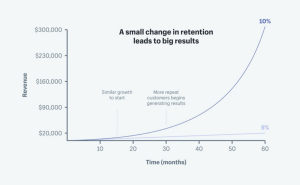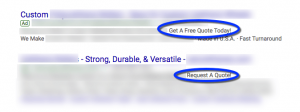Nothing, if you’re doing it right.

With the closure of Vine and the recent reports speculating the future of Twitter, many marketers are revisiting the question of what networks they should be prioritizing for their influencer marketing strategy.
This provides us with a great opportunity to revisit the question of platform priorities and provide some answers.
But first, a recap of how we got to this point.
Twitter announced that their six-second video sharing app, Vine, was going to be shutdown. #ripvine posts immediately began trending as users shared their frustrations. Many believe that Vine’s death was imminent with the success of Snapchat and Instagram video. Teens flocked to Snapchat’s self-deleting sharing and Instagram created a Vine competitor with their own video sharing capabilities (something they’ve been known to do). Both affecting the average users’ time spent on Vine and marketers’ focus on the platform. But this isn’t the first time that a network has shut down and it won’t be the last. And with rumors of Twitter looking for an acquirer, there are some that are speculating about the future of the popular network.
So with all of this unexpected news and speculation, how do you know which networks you should be focusing on?
Each network has found its own success with their unique styles of content and the various audiences that are attracted to each content type. So, of course, you want to have a different approach on Instagram than you would on YouTube or Facebook. But, approaching this issue from a network-first approach is the wrong way to go about it. You want to first consider your audience and how you can best engage them. Then build your strategy on each network based on who your audience is and where they’re interacting.
These networks are constantly evolving, updating and removing features. These changes impact how you as a marketer should leverage each network to connect with your audience. As existing networks like Vine go down and new networks like musical.ly pop up, marketers are faced with the decision of how to leverage each to connect with their audience.
A holistic strategy that focuses first on audience engagement will be able to more easily weather these unpredictable storms.
Vine, for example, found a lot of success with its video creation. Its members loved creating and viewing the videos shared by popular creators. That content will certainly be missed by its users but it doesn’t necessarily create a gap in your social content strategy. Vine’s audience was predominantly younger and its content was exclusively video. Both of these attributes can be addressed by Snapchat and Instagram. So part of the reasons why Vine got shut down are also the reasons why you shouldn’t be too concerned about the future of your influencer marketing strategy. Twitter has also said that nothing will happen to the vines that are on the network right now. The content will still be viewable but the ability to create them will disappear.
So, though we may be sad about the lack of LeBron James Vines in our future, a well-rounded and audience focused strategy should still have us hopeful about the future of influencer marketing.
Digital & Social Articles on Business 2 Community(54)







